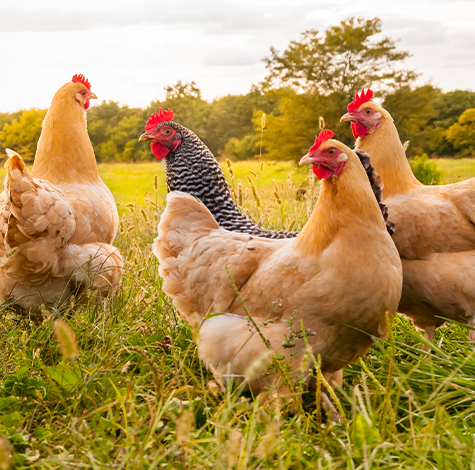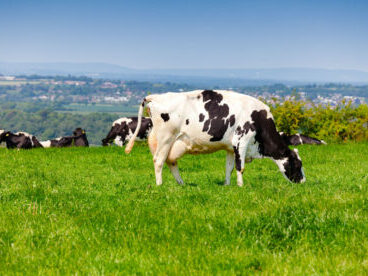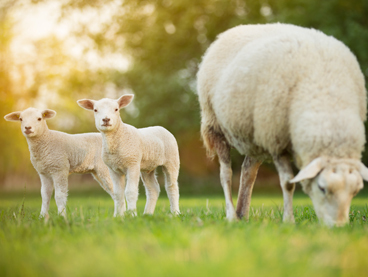Fine tuning management with a particular focus on the fresh calved group is paying dividends for Tim Miller from Crib House Farm, Stalbridge in Dorset.
Fresh cow management changes reduce ketosis risk
Fine tuning management with a particular focus on the fresh calved group is paying dividends for Tim Miller from Crib House Farm, Stalbridge in Dorset.
Tim and his son Dan run a herd of 280 all year round calving, twice daily milked Holsteins which are averaging 11,000 litres with a calving interval of 392 days. The cows, until five months ago were one group, grazing spring and summer and being buffer fed after each milking. There is also a fresh calved group of 19 cows. They are all housed in a building designed and built by Tim and Dan.
The cows are TMR fed on a diet based on grass and maize silage, a blend, molasses, wholecrop and straw. The diet is formulated by Robbie Taylor of Velcourt who keeps a close eye on performance. Milk yield has been improving steadily since Robbie has been feeding the cows from 8,500 to the present 11,000 litres/cow. Tim is quick to highlight the contribution of herdsman Rob Strawbridge who has been on the farm for nearly five years. “Since Rob has been with us 40 days has been taken off the calving interval” Tim says “he is really focussed on getting the cows back in calf, tail painting cows weekly and doing most of the A.I. regularly achieving a 40% conception rate”. Dry cows are run as far off dry and transition groups and the aim is that they spend three weeks in the transition group. When they calve down they will spend up to 21 days in a fresh calved group.
Ketone testing
One of the key factors determining when cows move out of the fresh calved group is negative energy balance (NEB). Cows need to be eating well and to help boost immediate energy supply, Tim and Dan had been feeding propylene glycol. To monitor NEB, Tim purchased a cow side ketone (BHB) test kit on Ebay three years ago and had been testing any cows that were off colour. Blood is drawn from the tail head and can be tested in a matter of seconds with the target being a BHB reading lower than 1.0.
“We used to have as many as 10 cows with levels above the target,” Tim continues. “Then Andrew Jones from Pearce Seeds visited the farm with Mike Chown from UFAC. Coincidentally we had just run out of propylene glycol and Dan comments that since we had stopped including it, the cows were eating more TMR. Mike Chown explains that propylene glycol can depress dry matter intakes and suggested we replaced it with UFAC Glycerene.”
Glycerene is a unique glycerol product developed to help optimise early lactation and transition performance by looking after the liver in particular. It is a highly palatable free flowing meal, designed to help optimise performance by supplying essential nutrients direct to the liver so increasing glucose available to the cow. It reduces the risk of fatty livers and the levels of BHBs in the blood because it improves the efficiency of fat absorption so reducing the amount of body fat that needs to be mobilised. Being rumen-inert it passes through to the liver so more is available to the cow than from unprotected liquid glycerol supplements and so give a more constant energy supply.
Immediate effect
In August this year, Tim started feeding Glycerene at a rate of 0.5kg/cow incorporated into the transition group TMR and began BHB testing every cow in the fresh group weekly. “In the first week after adding it we only had one cow with raised BHB levels with the rest consistently below 1.0. Cows were also eating well with no sign of depressed intakes. On average we are seeing fewer than two cows a week with raised levels now.”
Dan and Rob had been concerned that cows were being dried off carrying too much condition at around BCS 3.5 which he thinks was contributing to the risk of high BHBs, so he is making management changes to try and reduce condition.
“We were feeding one TMR across the herd and as the herd can be averaging 35 litres per day, it is quite a potent mix aiming to give M+30 topped up with concentrate in the parlour. Consequently lower yielding cows were putting on too much weight.”
To try to reduce weight gain, the herd is now split into high and low yielders with the highs fed for M+30 down the trough while lows are fed for M+20. While Tim says that splitting the herd has increased workloads, the plus side is that he does not now need to replace the mixer wagon due to smaller different mixes rather than two or three big mixes, the same, for the whole herd.
The low yielding group has also been out to graze in the late summer and Tim is confident that cows will dry off at a lower condition score. To limit condition increase in the far off dry group the diet had been de- tuned with a higher proportion of straw to maintain rumen fill but reduce energy intake. “We are starting to see the benefits of the changes with cows in more suitable condition,transitioning well and moving smoothly into the main herd” Tim concludes.
UFAC Southern Business Manager Mark Townsend believes that good fresh cow management will be crucial during the current period of depressed milk prices. “With prices low and margins squeezed, it will be more important than ever to ensure cows get established into lactation quickly, achieving high dry matter intakes with minimal metabolic problems which will reduce production, increase costs and delay rebreeding. “Glycerene can help reduce the rate and extent of NEB and get cows producing efficiently more quickly,” he comments.


 Back to News
Back to News 



